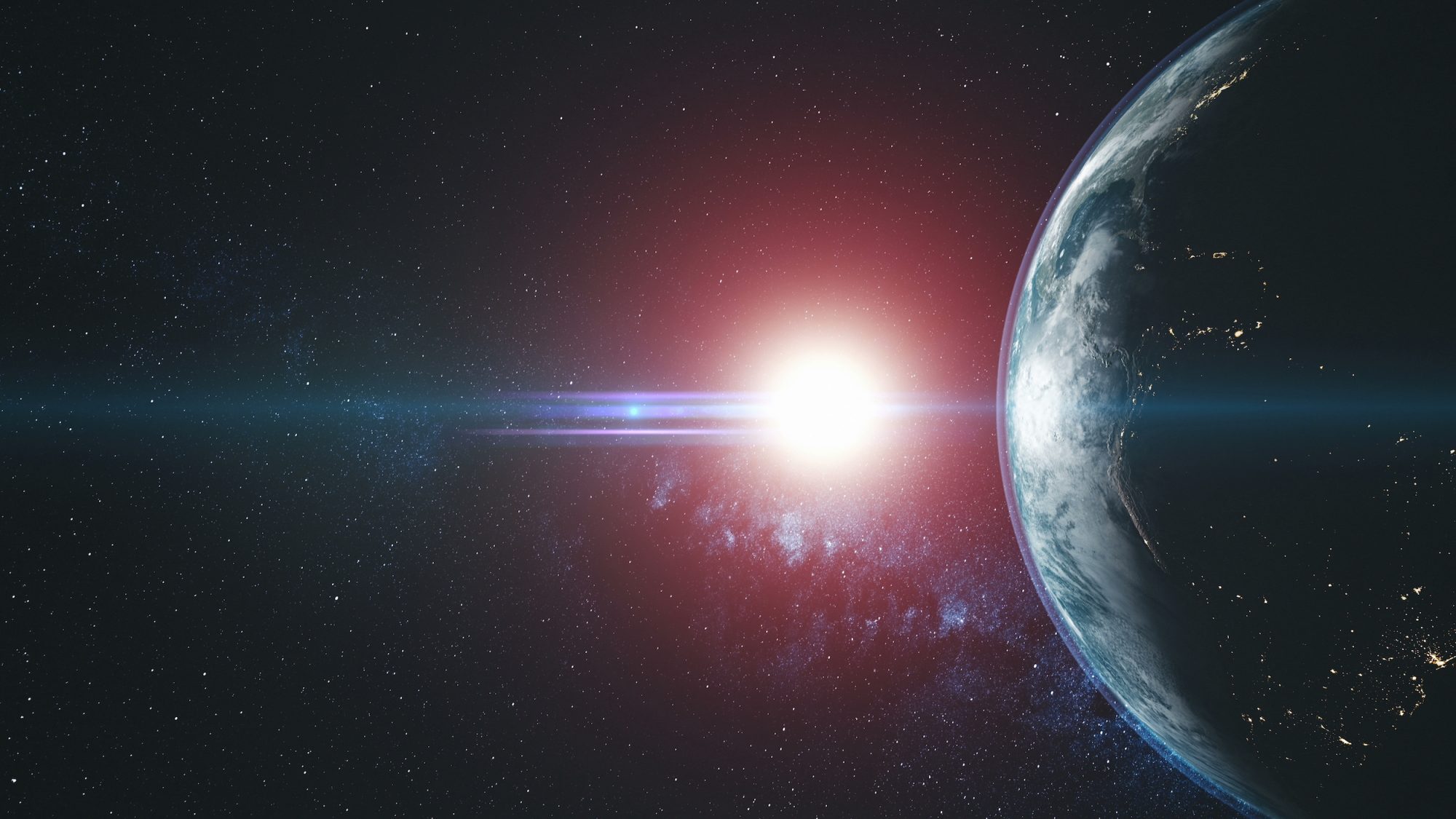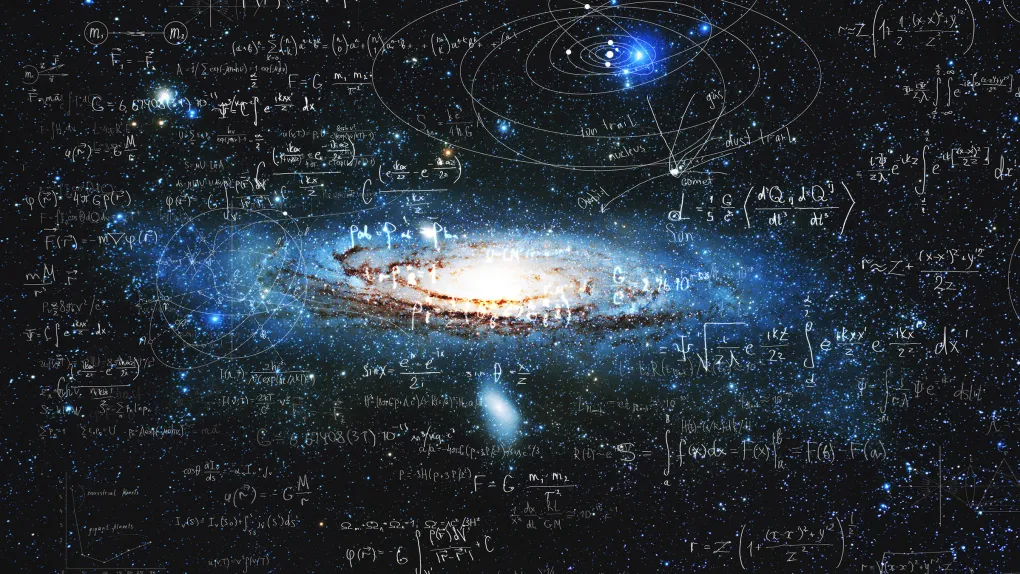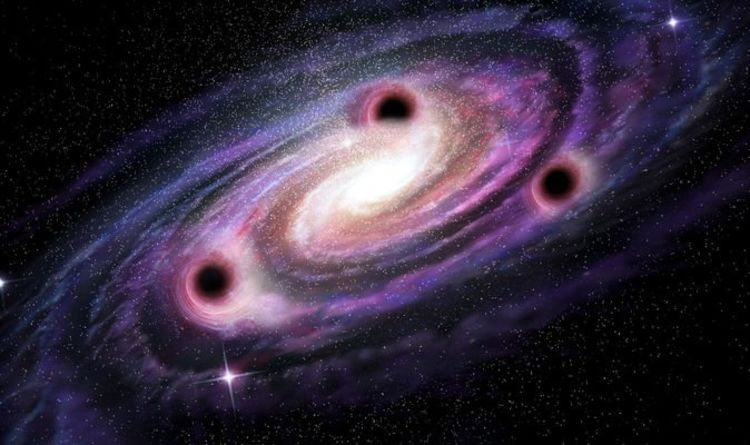Key takeaways
- A probable planet has been found orbiting a white dwarf, the remains of a dead star, 117 light years away.
- The planet lies in the “Goldilocks zone” where temperatures might allow liquid water, essential for life.
- The discovery was made by observing light patterns around the white dwarf, revealing 65 debris clouds likely influenced by a nearby planet.
- If confirmed, this would be the first planet found in a white dwarf’s habitable zone, potentially supporting life for 2 billion years.
- The study offers a glimpse into the future of our own solar system as the sun will eventually become a white dwarf.
It turns out that stars like our sun may not need to be alive and thriving to support life. Scientists believe they’ve uncovered a probable “major planet” circling a fading sun that might host life for future generations.
Researchers from University College London found the “unexpected” finding while watching a white dwarf, the burning remnants of a star that ran out of hydrogen fuel, located 117 light years distant. This star, WD1054-226, contains a ring of planetary debris in its orbital habitable zone, also known as the Goldilocks zone, where temperatures should be suitable for liquid water on the planet’s surface.
If the detected object is proved to be a life-supporting planet, it will be the first time such a planet has been identified around a dying sun.
Scientists discovered the white dwarf while monitoring light, and their results were published in the Royal Astronomical Society‘s Monthly Notices. They reported strong light dips that matched to 65 uniformly distributed clouds of debris orbiting WD1054-226 every 25 hours.
“The moon-sized structures we have observed are irregular and dusty (e.g. comet-like) rather than solid, spherical bodies,” UCL Physics and Astronomy professor Jay Farihi, the lead author of the study, said in a statement. He said the structures are currently a “mystery we cannot explain,” but offered one likely, and “unexpected” possibility: a nearby planet.
“An exciting possibility is that these bodies are kept in such an evenly-spaced orbital pattern because of the gravitational influence of a nearby planet. Without this influence, friction and collisions would cause the structures to disperse, losing the precise regularity that is observed. A precedent for this ‘shepherding’ is the way the gravitational pull of moons around Neptune and Saturn help to create stable ring structures orbiting these planets,” Farihi said, adding that he and his team “were not looking for this.”
The idea of a “major planet” in the star’s habitable zone is thrilling, but he emphasized that such a planet has yet to be proven. Farihi stated that his team still requires further proof, which may be challenging because they cannot directly witness the planet. Instead, they may have to depend on computer models along with more observations of the star and its circling debris to obtain a more certain conclusion.
The team believes that if there is a planet, it was just recently formed and will be habitable for at least 2 billion years, including at least 1 billion years in the future.
Their finding may also help scientists gain a better grasp of our own solar system, as more than 95% of all stars, including our sun, will eventually become white dwarfs.
“Since our sun will become a white dwarf in a few billion years,” says Farihi, “our study provides a glimpse into the future of our own solar system.”



